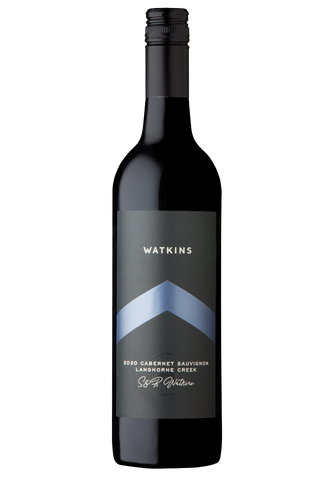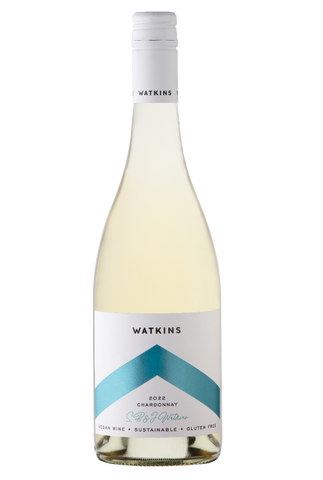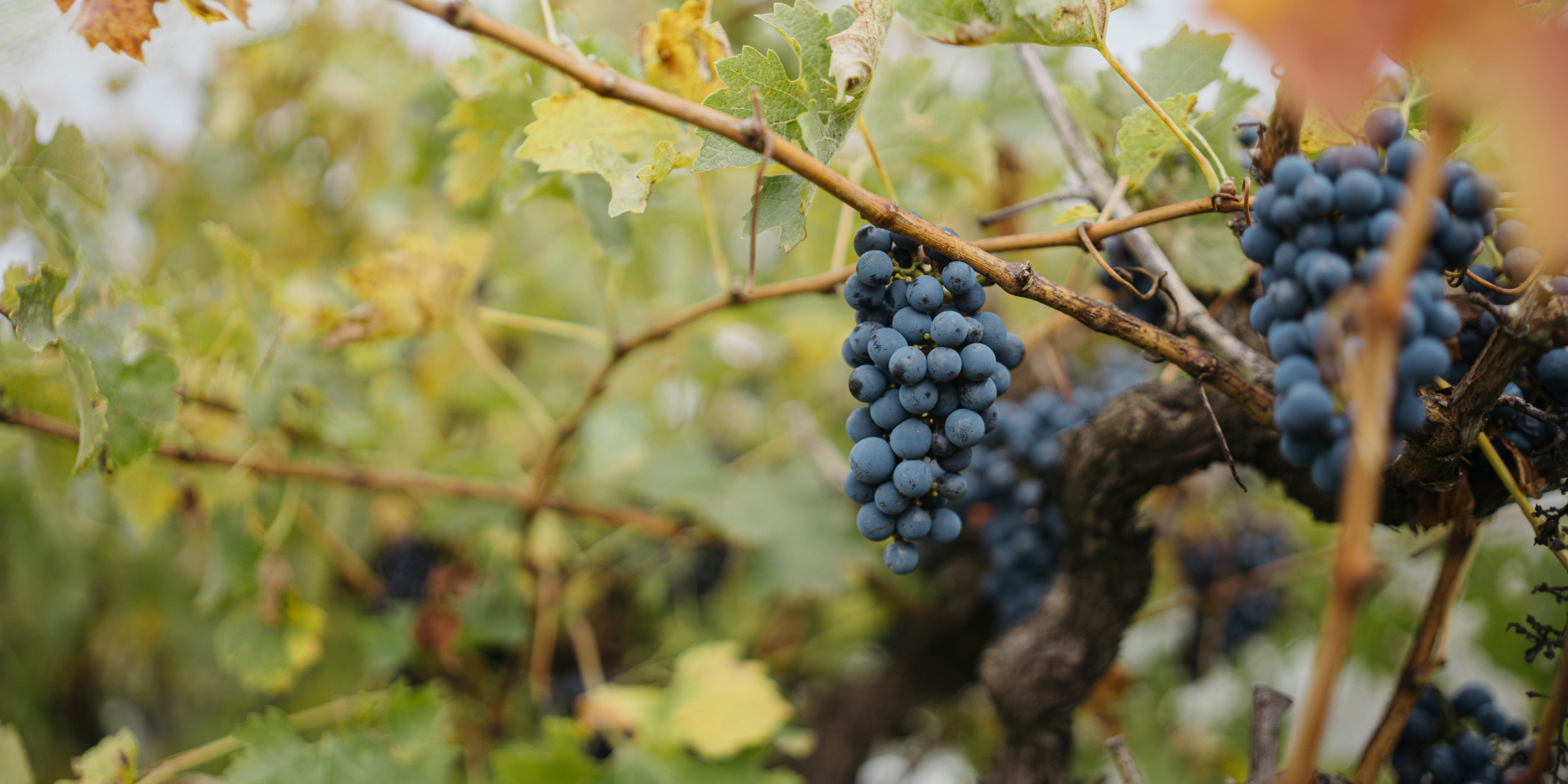
The vineyards
Adelaide hills and langhorne creek
SOUTH AUSTRALIA
The maritime influence created by the afternoon sea breezes allows fruit flavours to evolve without excessive sugar production. The limestone based soils found on our Langhorne Creek vineyard create wines of power and elegance with great varietal character. The Adelaide Hills vineyard takes advantage of elevation at 470 metres above sea level while an easterly facing slope allows the morning sun to gently ripen the grapes during even the heat of summer, thereby evolving powerful flavours and fine tannins with a trademark exceptional bouquet.
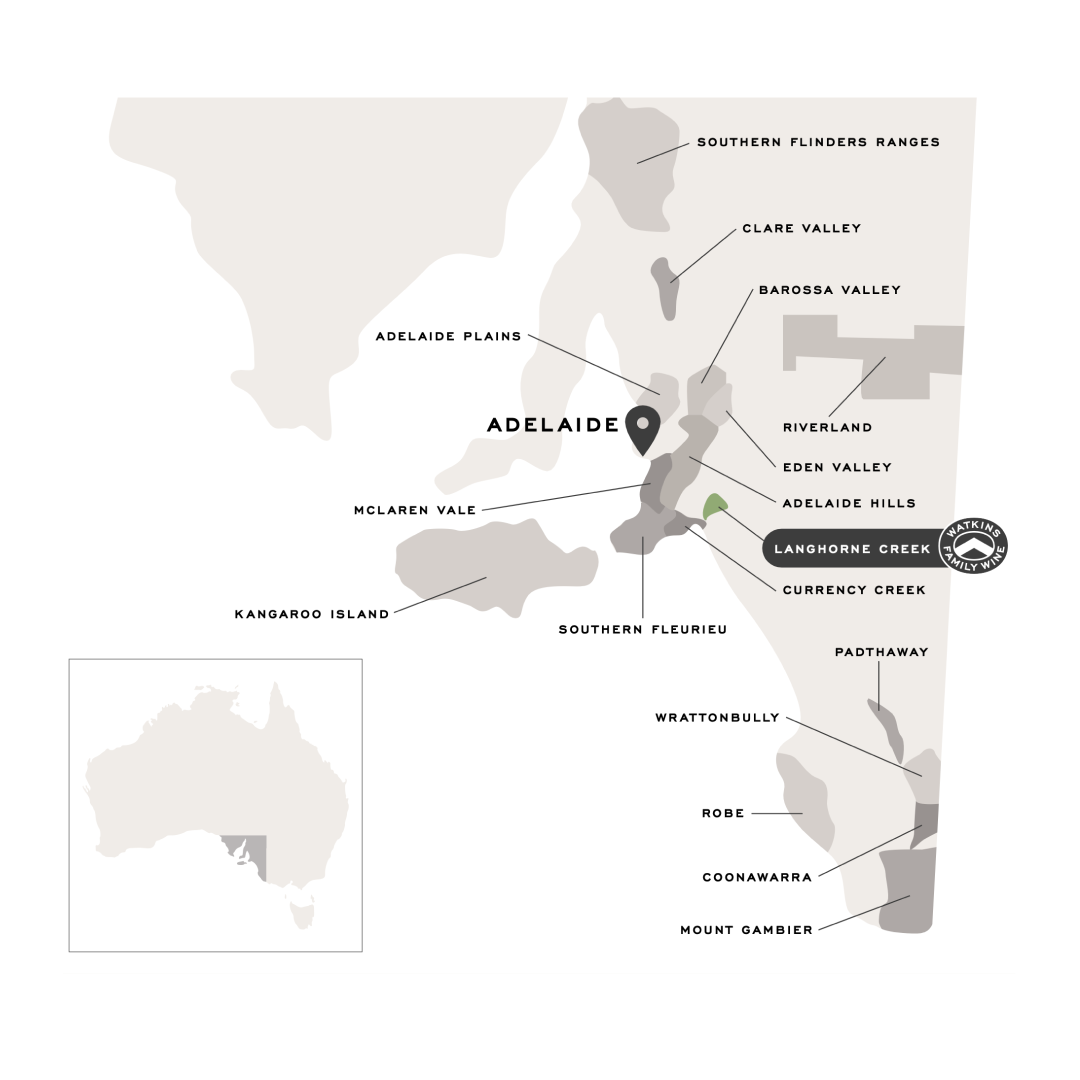
Langhorne creek
Cabernet Sauvignon, Shiraz, Merlot, Chardonnay and Grenache from vines planted in the 1990s.
Location
Langhorne Creek is a wine region in South Australia that is located about 70km southeast of Adelaide stretching along the lower reaches of the Bremer River and Angas River to Lake Alexandrina. The region received appellation as an Australian Geographical Indication (AGI) in 1998 and has a total planted area of 6,069 ha (approx.15,000 acres, 2022) and has been described by James Halliday as a “hidden gem”. The region is dominated by red grape production and produces elegant and age-worthy, yet approachable wines. The GI is a relatively small area of 241 km2.
Climate
Langhorne Creek has a cool maritime climate with a mean January temperature of 19.9°c and 1520 heat degree days. This means Langhorne creek is significantly cooler than McLaren Vale and the Barossa. This is partly due to what the locals call the Lake Doctor, a wind coming off the 600 sq km body of freshwater at the southern border of the GI, Lake Alexandrina. Cool air from the Southern Ocean is further cooled and gathers wind strength as it crosses the Lake. This gives good diurnal variation and helps mitigate winter frosts. The majority of rainfall occurs in winter and spring.
Predominantly grey-brown or brown loamy sands, some patches of mostly sandy soils
Altitude 0 - 64m
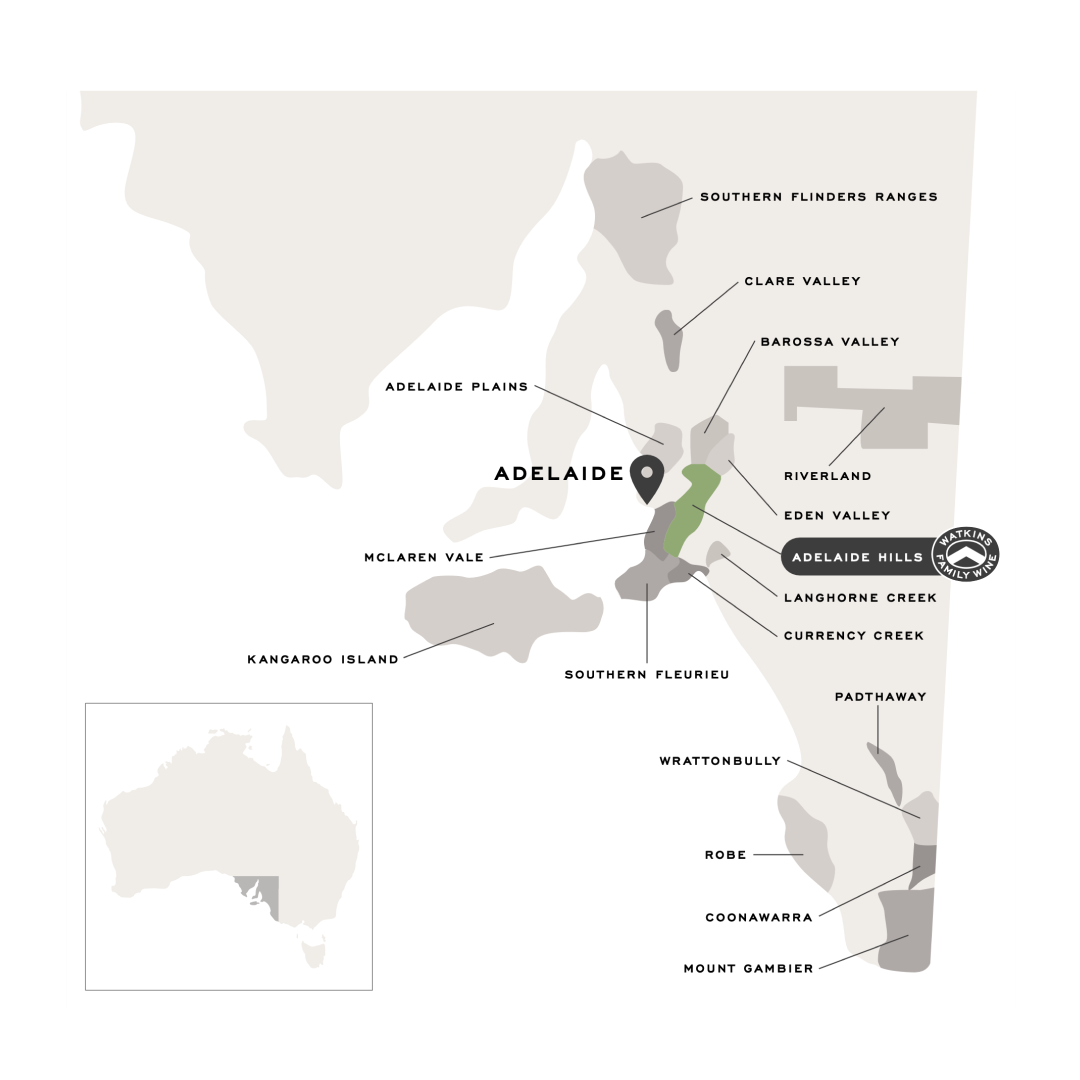
ADELAIDE HILLS
Shiraz and Cabernet from vines planted in the 1960s.
Location
The Adelaide Hills is one of Australia’s most diverse wine regions, a geographically small area located south-east of the city of Adelaide in South Australia, just 70km long which boasts a wide range of topography, altitude, soil types and meso-climates, capable of producing super-premium wine from a myriad of grape varieties. The GI region is nearly 1500 km2 in size and has a total of 3957 hectares of vineyards.
Climate
The climate is comparatively colder than the rest of Australia, stipulated by high altitude and proximity to the mountains. Throughout the Adelaide Hills region, the grapes ripen at a slower pace. It happens because of the colder temperatures and dry summers in Adelaide Hills Australia. The result is a richer flavour and more concentrated wines.
Predominantly deep, alluvial sandy loams that vary in colour from red-brown to dark grey, with patches of black, self- mulching clays
Altitude 149m – 714m
